Linux Introduction
What is Linux
Linux- an operating system named after its founder Linus Torvaldo, has proved to be a revolutionary platform since its inception in 1991. It was combined with GNU in 1992 to form a complete operating system. As a distributed open source operating system, Linux has been developed by number of companies, meaning no one company is solely responsible for its foundation. It has empowered everything varying from New York Stock Exchange to mobile phones to supercomputers to no. of consumer devices, representing an ecosystem of $25 billion in 2008.
Unlike the various single user desktop based operating systems, Linux has grown to become a force in computing by offering features like multi-user, multi-tasking, network enabled OS accessible from anywhere on network. Multiple users can run their own individual desktop instances remotely at the same time.
Thinking of its existence and scope, it is an OS which began with as a server OS but now can be popularly found in small devices like wristwatches to the most specialized systems like mainframes and supercomputers. 90% of fastest supercomputers today use Linux which gives us the hint that LINUX is the fastest and most powerful operating system. It is also dominating in Server area. Many of the popular Web 2.0 services on the Internet, such as Twitter, Linked In, YouTube, and Google all rely on Linux as their operating system. As new web services (like cloud computing) arrives in the future, Linux will increasingly be the platform that drives these new technologies.
Why Linux is better?
• Forget about viruses
• Enjoy the most stable system with it
• Don’t pay dollars for your operating system
• Provides multi-user, multi-tasking capabilities
• Provides unlimited support
Shells in Linux
• C Shell
• Korn Shell
• Bash Shell
• Tcsh
• Z shell
• Wish
Starting a Linux Session
1. Logging ON
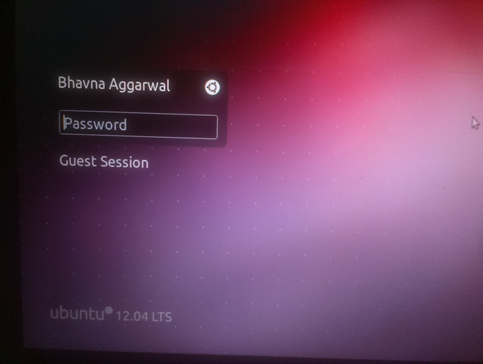 Figure 1
Figure 1
2. Start the Terminal window
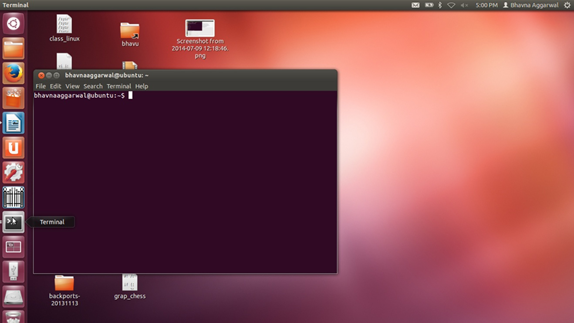 Figure 2
Figure 2
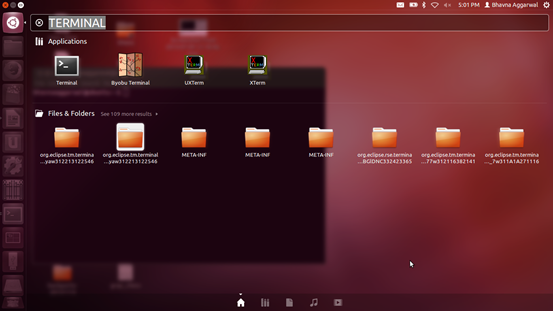 Figure 3
Figure 3
3. Security – password
- 'passwd' command to change password
- while entering the current password on the command prompt, password will not appear being written.
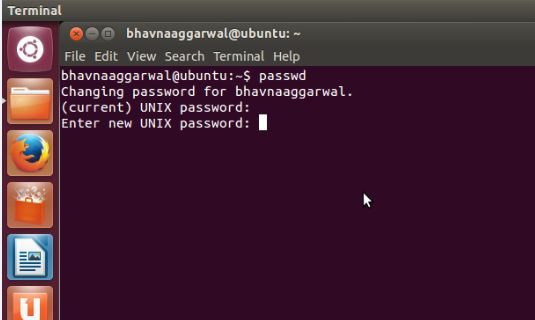 Figure 4
Figure 4
. 4. Refer Linux Manual
- ‘man’ command opens up the manual page of the command following. In this screenshot the manual of ‘passwd’ command would open
- To exit the manual page opened, press ‘q’ i.e quit
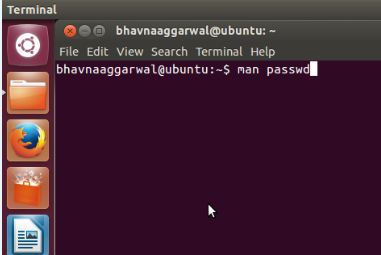 Figure 5
Figure 5
5. Logging off
- ‘exit’ or ‘logout’ command or ‘CTRL+d’
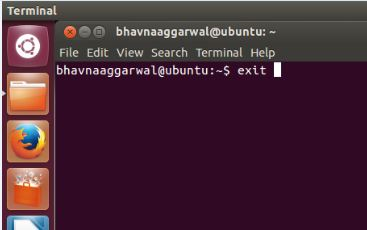 Figure 6
Figure 6